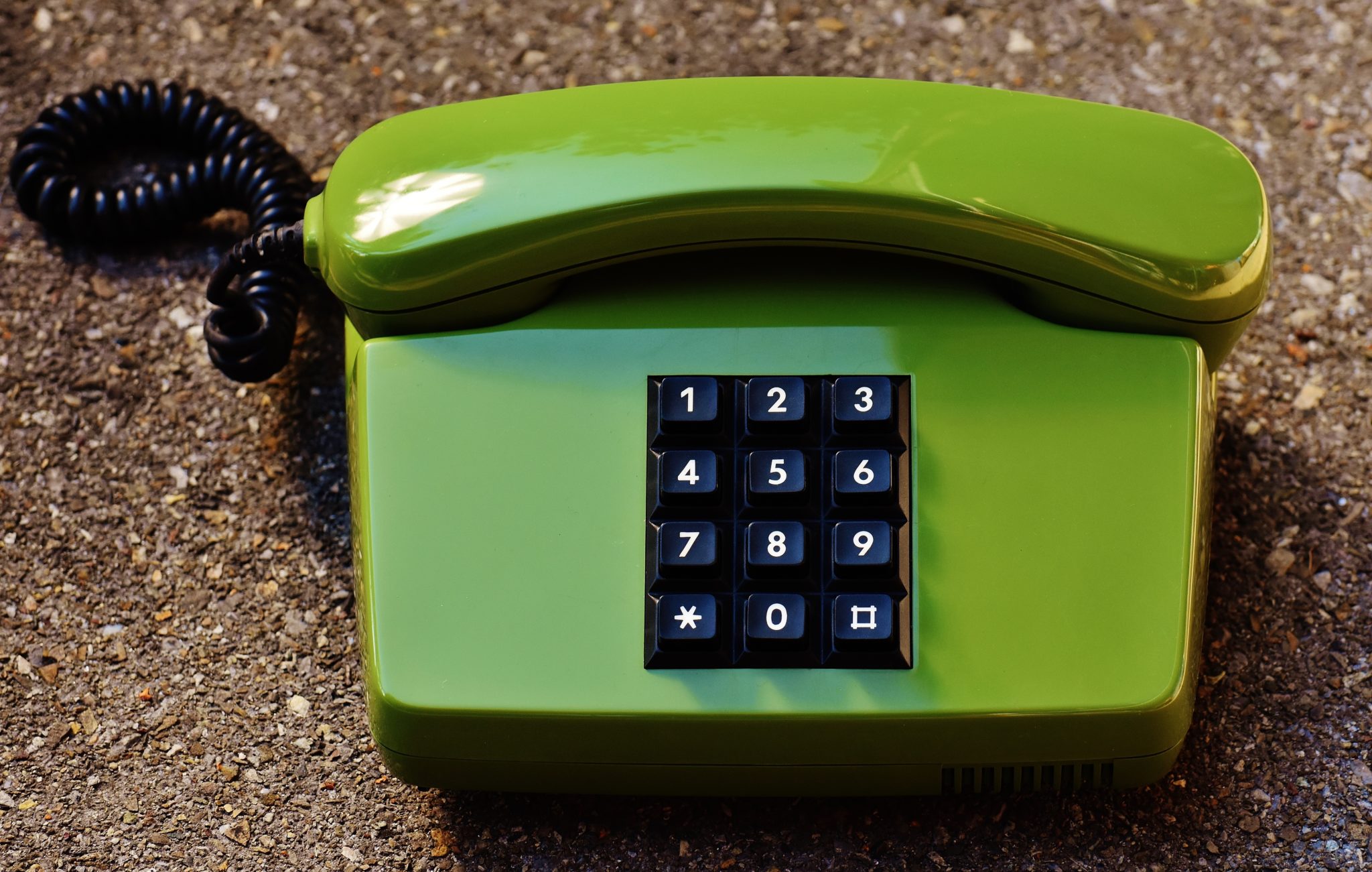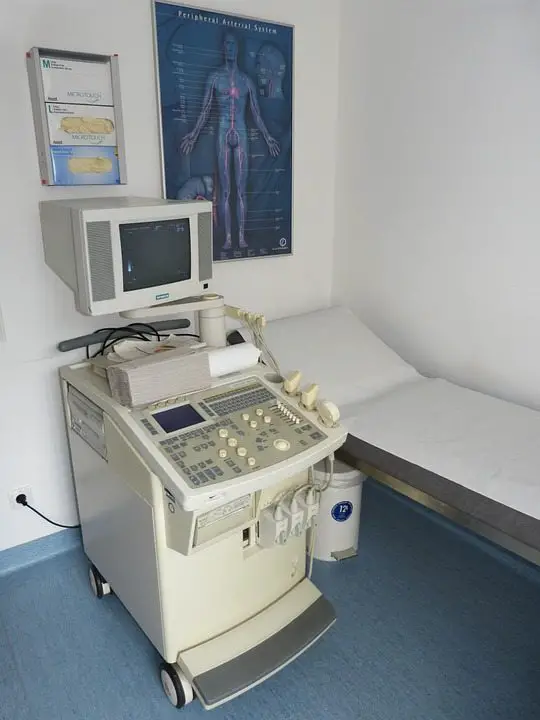
Ever watched the show called Wife Swap? Essentially, women of two households “swap” roles and responsibilities for different families and share their experiences with the TV audience. It’s a lot of fun to watch! Like this exercise, I thought it would be fun to speculate on what would happen if you swapped a private practice and academic radiologist for a month. How would each experience the other’s world? What would be the trials and tribulations? Let’s see!!!
Radiology Swap- Private Practitioner Goes To University
Radiology Swap Day 1:
The private practice radiologist walks into his university radiology reading room for the first time. Looking around, he encounters a group of 2 medical students, one resident, and one fellow waiting for him to read out the films from yesterday evening and the morning. He thinks: Why are all these people here? Do I need four additional trainees to look at the ten cases left over? This excess is sort of ridiculous!!!
He begins to sort through the pre-dictations of the radiology resident and fellow. As the cadre of 4 trainees looks over his shoulder, he looks at the first dictation and decides to erase everything. Although he feels a little bit self-conscious from all the stares over his shoulder, he starts all over from scratch. He doesn’t like the way the resident words the dictation. It’s too freakin’ long. Rapidly, he runs through each resident and fellow’s cases, erases each, and re-dictates everything.
Only a few additional cases come through the department, and the resident/fellow handles each before looking at the images. They are tertiary referrals from another facility and are very complex, but he does not perseverate and completes the cases in 30 minutes. Staring at the clock, he begins to walk around. Well, not much going on. I’m going to grab some breakfast!!!
After grabbing breakfast for 15 minutes, he arrives back at the reading room. Two more cases show up. The residents, fellow, and student seem to wait for the radiologist expectantly. Again, he promptly erases the resident and fellow dictations and quietly reads the two cases very slowly with the team, trying to pass the time. This day is Chinese water torture! Learning to run intermittently once every few hours from his office to the reading room, the day continues, as is, until work ends at 5 PM.
Radiology Swap Day 15:
It’s the weekly admin slot. On the schedule today, the radiologist attends a tumor board with bleary eyes at 7:00 AM. Not accustomed to the so much time spent on each case, it is hard for him to stay awake. But he manages. Next, at 8 AM, he attends a meeting to discuss performance reviews for the technologist staff. For half of the conference, the attendees discuss when the next meeting will occur. Ugh!!! What a waste of time!
He quickly dots off to read a few films to help out his colleagues instead of perching himself at his desk to write a grant. He has writer’s block. What the hell should I be writing now? I haven’t written anything but a dictation for 20 years!!! He sits and sits and finally falls asleep at his desk.
Noon arrives. Thank God it’s lunchtime. Something to do!!! He happily runs down to the cafeteria to eat. He stretches out his lunchtime meal for one hour when the next meeting starts. Quality improvement initiative is the theme of the next conference. Could they think of a more boring topic to meet about?
It’s now 3 PM. He begins to meet with the backup staff in the department to discuss increasing resident and attending research output. This group includes the research coordinator, the head of research, the research financier, and the student research liaison. A recurrent thought flashes through his mind during the entire meeting. Who pays for all these extraneous people and why? I would cut the fat here immediately if I could!!!
Radiology Swap Day 30:
Assessment day! The department chairman sits the private practitioner down to summarize the events that ensued over the past month. The conversation goes something like this:
Chairman: I am impressed that you got all the work done quickly. They can be challenging cases. Our other academic radiologist never seems to get to read all the films.
Private Radiologist: Really? He only read 20 films per day!
Chairman: However, you did not apply for one grant; you did not even start on one paper. And, the physicist caught you sleeping at several meetings. Publish or perish!
Private Radiologist: Well, it’s challenging to write anything when you haven’t written a paper for over 20 years! How do you not sleep when half your meetings are about when the next meeting will be?
Chairman: And, your student, residents, and fellow claim that you rewrite all their dictations. You then grumble how they don’t know how to dictate and forget that they are there. Teaching is an integral part of academic radiology.
Private Radiologist: I don’t understand why they have to be there. They don’t do anything but stare over my shoulder!
Chairman: Although you can make it through all the films, your academic prowess is very poor. Academic radiology is not for you.
Private Radiologist: Thank God I can return to my private practice tomorrow!
See you next week for part 2!!!














